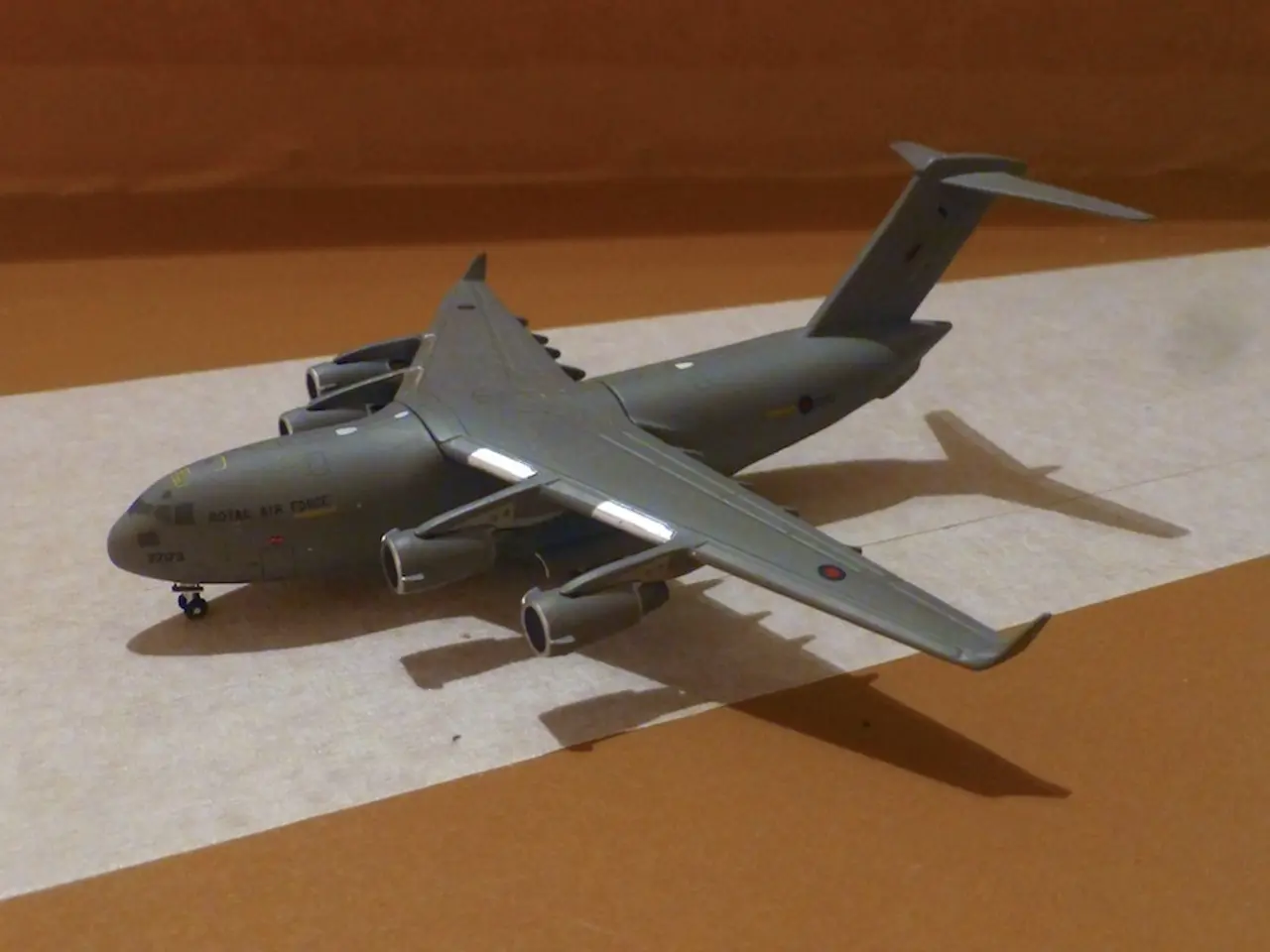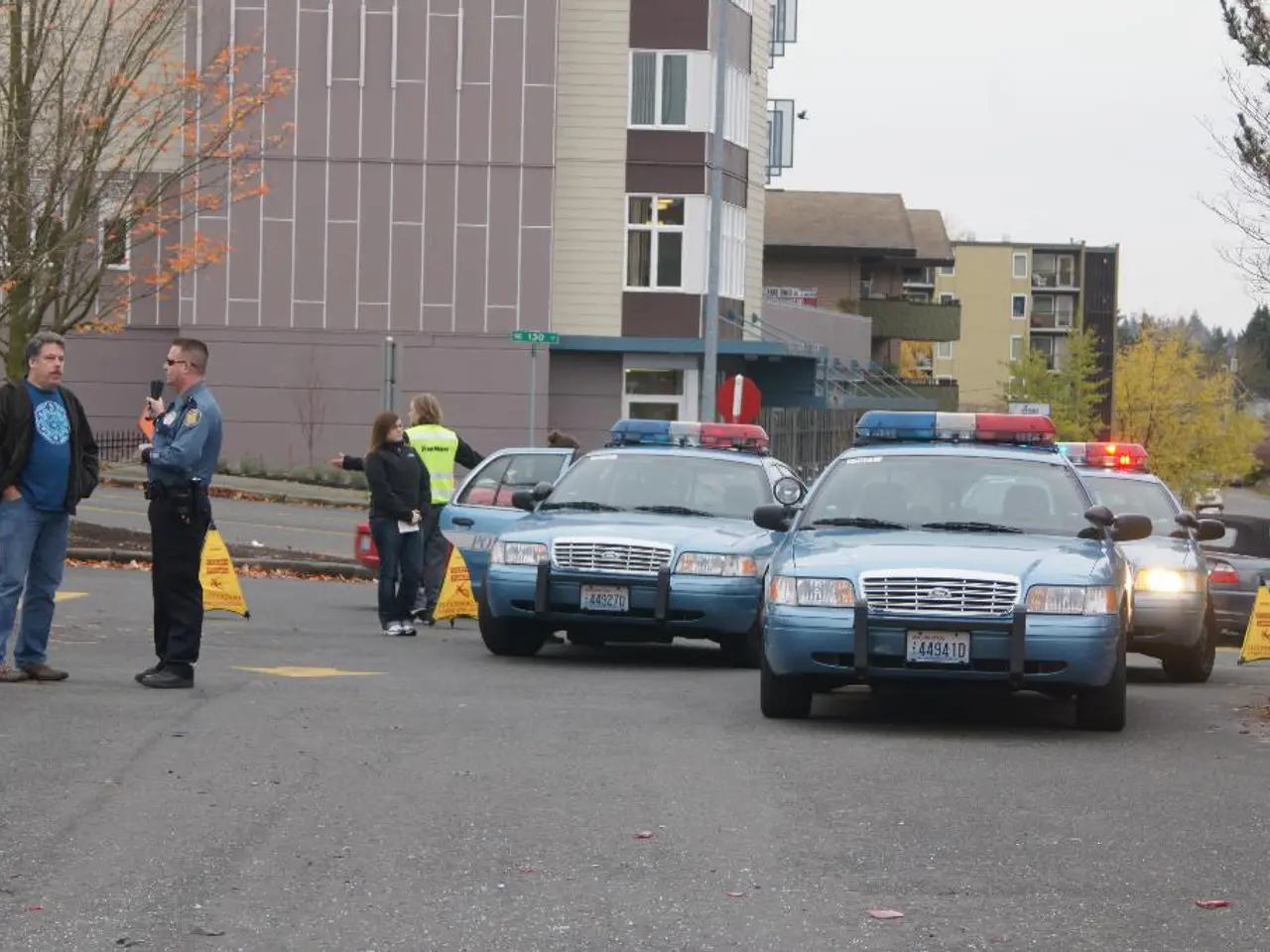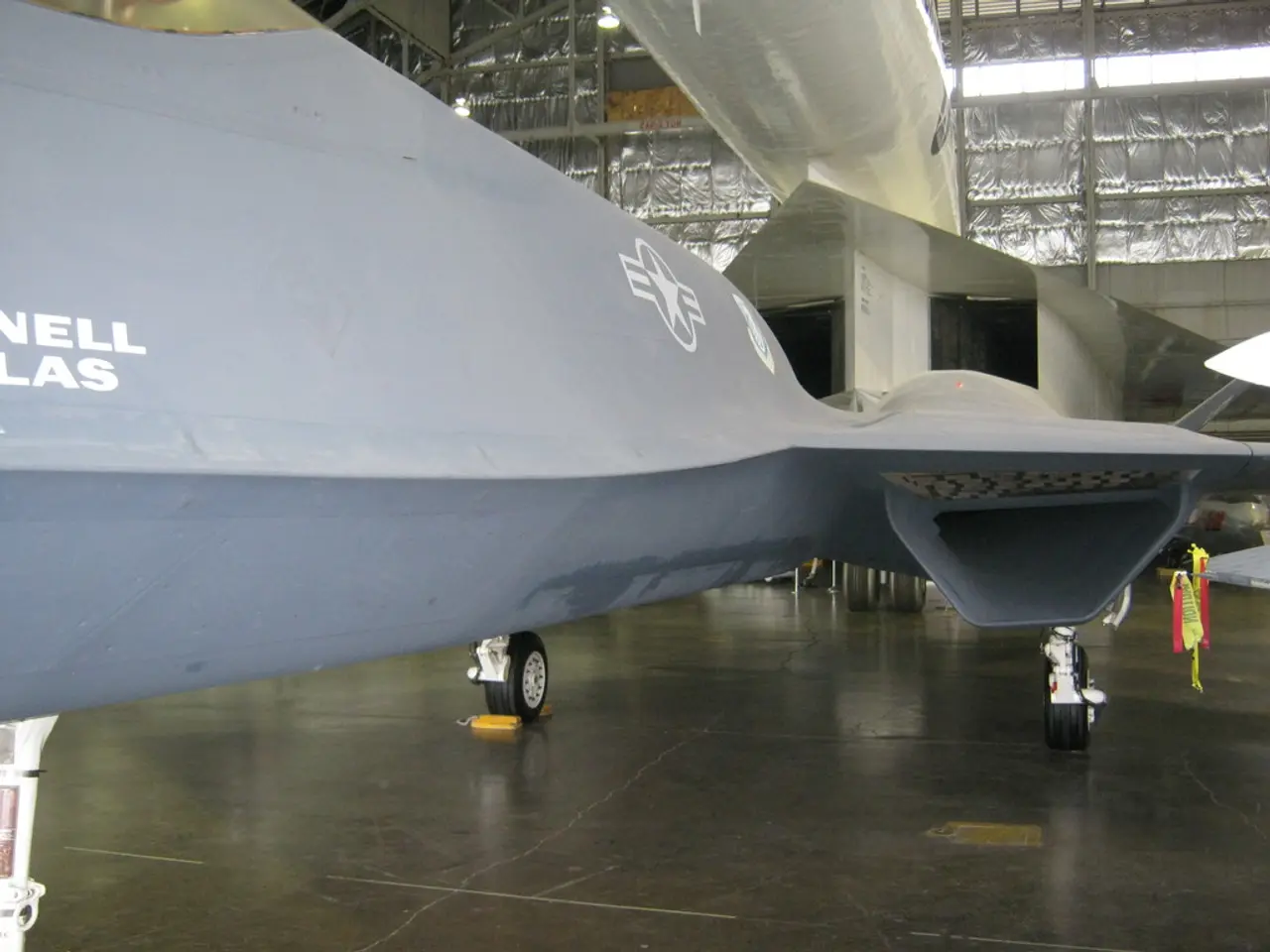Pacific War Exercise Trial of Advanced Air Mobility Communication Technology by American Forces
Improved Communications Boost U.S. Military Exercise in the Pacific
The U.S. Air Force is enhancing its capabilities in the Pacific region through the 2025 edition of Mobility Guardian, a biennial combat training exercise. This exercise, which began on July 8 and runs through mid-August, is part of a new type of war game called the Department-Level Exercise (DLE).
More than two dozen tankers were sent to Europe three weeks before the exercise kicked off, highlighting the Air Force's commitment to the event. The focus of Mobility Guardian this year is on ensuring the airlift and tanker fleet isn't cut out of the communication loop.
To achieve this, the Air Force has requested and received funding for new communications equipment. The Real Time in the Cockpit program, for instance, received $13.1 million, enabling KC-135s to connect to tactical data networks. Congress approved a larger sum for mobility connectivity as part of a tax-and-spending package, including $116 million for improving connectivity in the C-17 fleet and $84 million for the same purpose for KC-135s.
The Airlift Tanker Open Mission Systems (ATOMS) kit is another key component of the improved communications. Eight tankers and transport aircraft in the exercise are equipped with this kit, allowing aircrews to connect to classified and unclassified internet via their electronic flight bags.
The addition of these new communications systems supports the DLE framework, which integrates multiple concurrent exercises that emphasize joint operations across multiple branches of the U.S. military and allied forces. This networked communication capability is crucial for managing complex logistics and operational maneuvers under contested conditions.
Mobility Guardian 2025 has had more participation than the previous exercise, with 85 mobility aircraft and 2,245 Airmen. During the exercise, 330 paratroopers were dropped as part of the bilateral Talisman Sabre exercise. Notably, a dozen KC-135 and KC-46 tankers took off from Guam to support six C-17s flying from Alaska to Australia.
The DLE involves multiple smaller, concurrent exercises and training led by various branches of the U.S. and foreign militaries. The exercise is designed to simulate a potential conflict with China in the Pacific, where technology can be jammed and distance adds an extra layer of difficulty.
Gen. John Lamontagne, the head of Air Mobility Command, stated that flexibility and communication are key to air power. The upgraded communications ensure that large-scale troop and equipment deployments via airlift and aerial refueling are better coordinated, reducing the risk of operational delays or disruptions, and enabling agile and resilient power projection during the 2025 Pacific exercises.
Despite the challenges, the timing of the exercise may not be ideal for some Airmen or aircraft involved. However, the general said the commitment is worth the reward in readiness.
- The U.S. Space Force is also anticipated to play a significant role in Mobility Guardian 2025, given its expertise in satellite communication and space defense.
- Technology advancements, such as improved satellite connectivity and unmanned aircraft technology, are critical for the Air Force pilots to effectively navigate the vast Pacific region.
- The U.S. military is deploying various aircraft, including fighter jets and bombers, to bolster its defense capabilities in the Pacific and ensure air superiority in the event of a potential conflict.
- In addition to the Air Force and Space Force, the Navy and Marine Corps are also participating in Mobility Guardian 2025, showcasing the integration of different military branches in joint operations.
- Congress has also allocated funds for research and development of next-generation military weapons, such as hypersonic missiles and advanced LiDAR systems, to counter potential threats in the contested Pacific theater.




